
Stringhalt Horse Case II YouTube
King has Stringhalt. Stringhalt is a sudden flexion of one or both hind legs in the horse, most easily seen while the horse is walking or trotting. It is mos.
Brookby Herbs How to Treat Stringhalt
Stringhalt, or equine reflex hypertonia, is a neuromuscular condition that causes abnormal hindlimb movement in the horse. Horses with stringhalt have excessive and prolonged flexion of the pelvic limbs while in forward movement, showing signs of the condition at most gaits. One (unilateral) or both (bilateral) legs may be affected. Some horses experience mild cases characterized by.
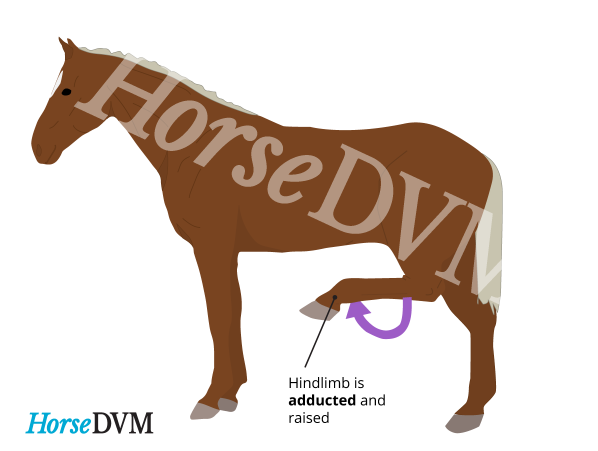
Stringhalt HorseDVM Diseases AZ
Stringhalt is a neuromuscular condition of the hindquarters where the horse involuntarily hyperflexes their hindlimb upwards towards the belly in an exaggerated manner often followed by a forceful stomping to the ground. Also known as Equine Reflex Hypertonia or "goose-stepping," this rapid jerking of the hind legs with each step is made.

What Causes Stringhalt In Horses & How To Treat It Your Vet Online Invasive species, Vets
Stringhalt, or equine reflex hypertonia, is a neuromuscular condition that causes a gait abnormality characterized by involuntary, exaggerated upward movement of one or both of the hindlimbs. It looks like a jerk or hop, with the affected hindlimb(s) snapped up towards the abdomen. This generally occurs with every stride at the walk but can lessen at the trot and is usually absent at the canter.
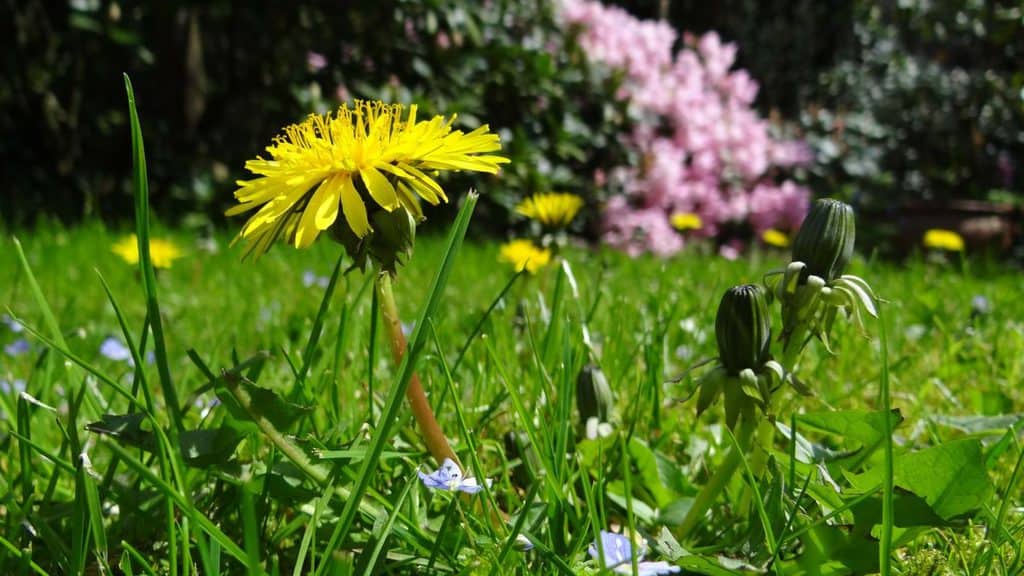
What Causes Stringhalt In Horses & How To Treat It Your Vet Online
Stringhalt, or equine reflex hypertonia, is a neuromuscular condition observed in horses which leads to a gait abnormality in the hind legs. Usually, the condition can affect one hind limb or both and can vary in its degree of severity. Typically, mild cases of stringhalt in horses cause sporadic lifting and lowering of the hind leg while the.
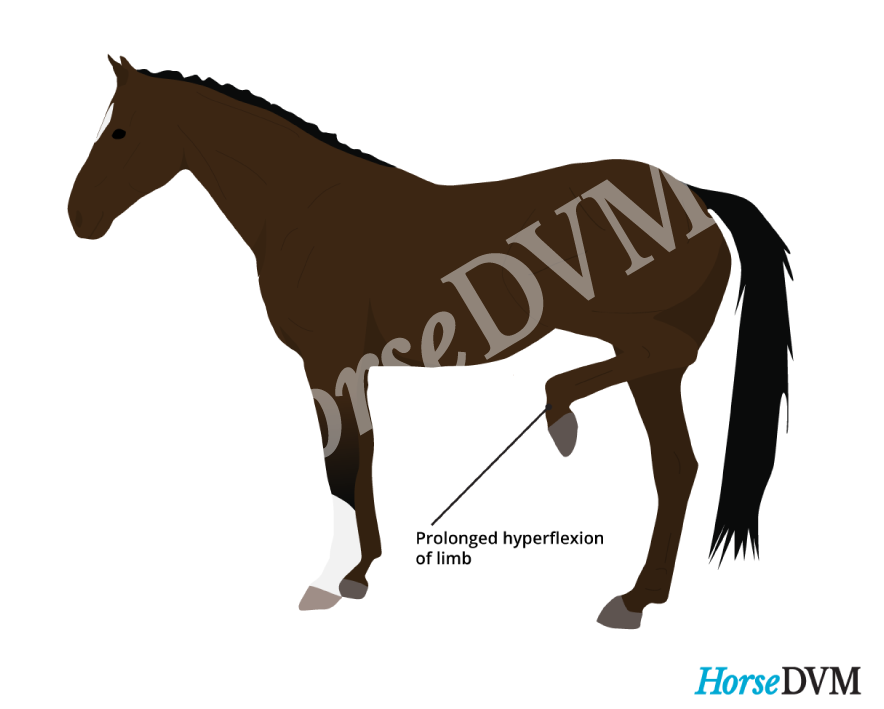
Australian Stringhalt HorseDVM Diseases AZ
The so-called stringhalt in horses is a neuromuscular condition, which is usually recognisable by an involuntary, exaggerated movement of the hindquarters. The hind legs are jerked upwards and also brought back to the ground in an uncontrolled manner. Ordinarily stringhalt does not cause any great pain to the horse, but often the underlying.

Pin on Stringhalt/Lathyrus in Horses
Stringhalt can develop in a horse seemingly overnight with no apparent cause, and often there is no standard treatment. In other words, it can be a horse owner's worst nightmare. There's good news, though - stringhalt isn't a typical lameness. It doesn't always stem from pain avoidance as many lamenesses typically do, so your horse.
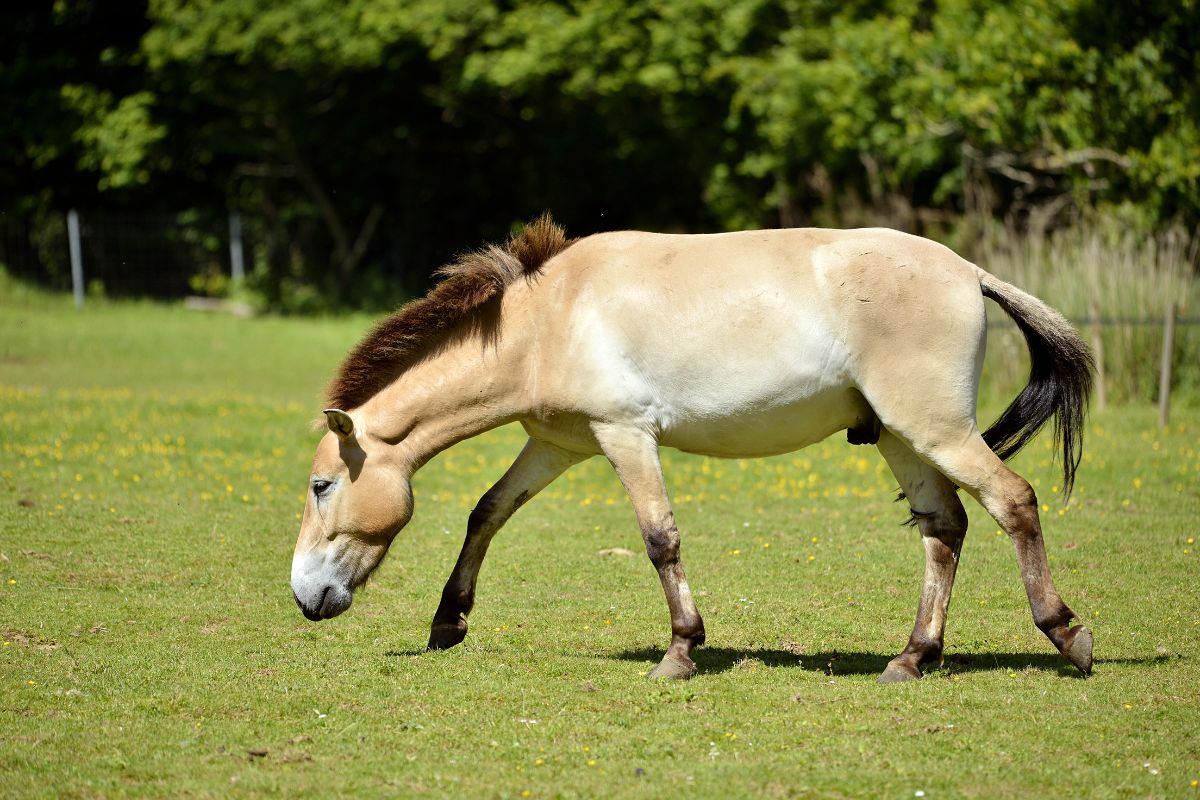
DISCUSSING Stringhalt in Horses (Equine Reflex Hypertonia) The Horses Guide
Stringhalt (Equine reflex hypertonia) is described as a non-painful neuropathic condition of horses that is characterised by an abnormal hindlimb gait. It is easily recognisable because the horse will tend to lift and maintain the hindlimb in excessive flexion and kind of 'jump forward' and slam it down. Stringhalt is most obvious when a.
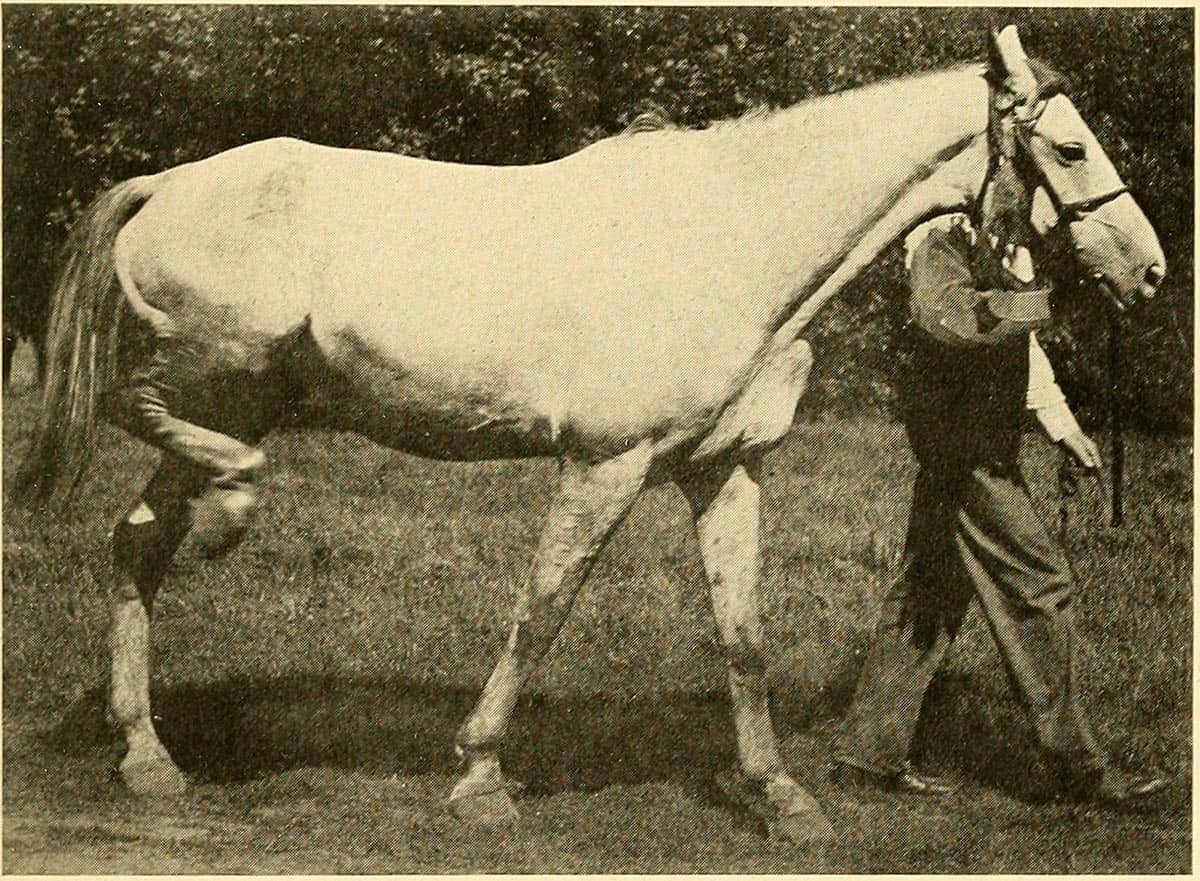
Stringhalt In Horses What You Need To Know
Description and video of horses with stringhalt. Symptoms and causes of stringhalt. What plant causes stringhalt? Can horses recover from Stringhalt?For th.

Stringhalt Horse Case I YouTube
Do you know what Stringhalt in horses is. In this lesson we look at it, and talk about whether a horse can still perform well if they suffer from it.We ALSO.
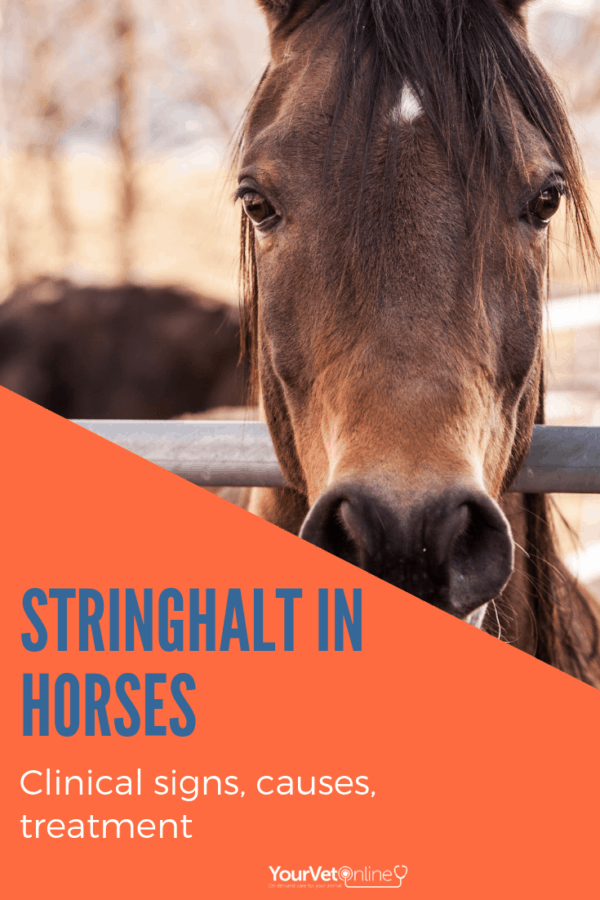
What Causes Stringhalt In Horses & How To Treat It Your Vet Online
In Australian stringhalt and lathyrism, the condition may be progressive and the gait abnormality may become so severe that euthanasia is warranted. Mild stringhalt may be intermittent. The signs are most obvious when the horse is sharply turned or backed. In some cases, the condition is seen only on the first few steps after moving the horse.
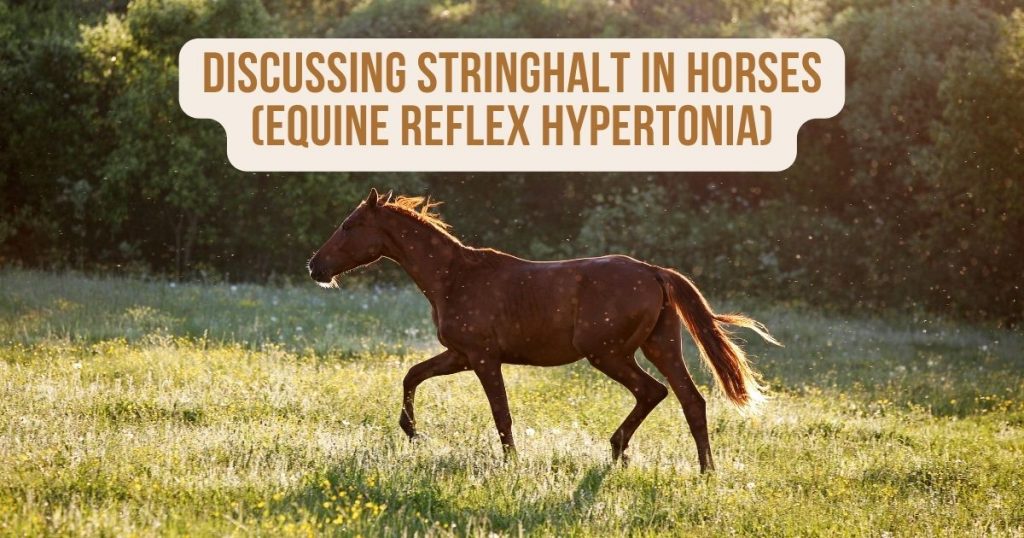
DISCUSSING Stringhalt in Horses (Equine Reflex Hypertonia) The Horses Guide
Stringhalt is caused by damage to the lateral digital extensor tendon that runs down the back of the hind legs. This tendon controls the extension of the leg. When the tendon is damaged, it becomes hypersensitive and overreacts to normal nerve signals from the horse's brain telling the leg to move. This causes the exaggerated leg jerk upward.

Clinical Signs Of Stringhalt In Horses YouTube
Stringhalt in horses is a common problem especially if horses have eaten flatweed. It is easily recognisable because the horse will tend to lift and maintain.
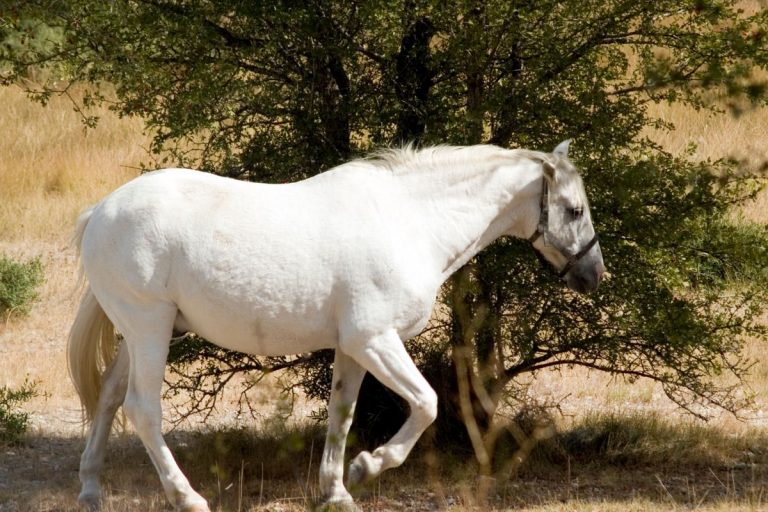
DISCUSSING Stringhalt in Horses (Equine Reflex Hypertonia) The Horses Guide
Case of a horse with a string halt , for 2 years excluded from work under the saddle. Short period of improvement after the veterinarian surgery. Horse came.
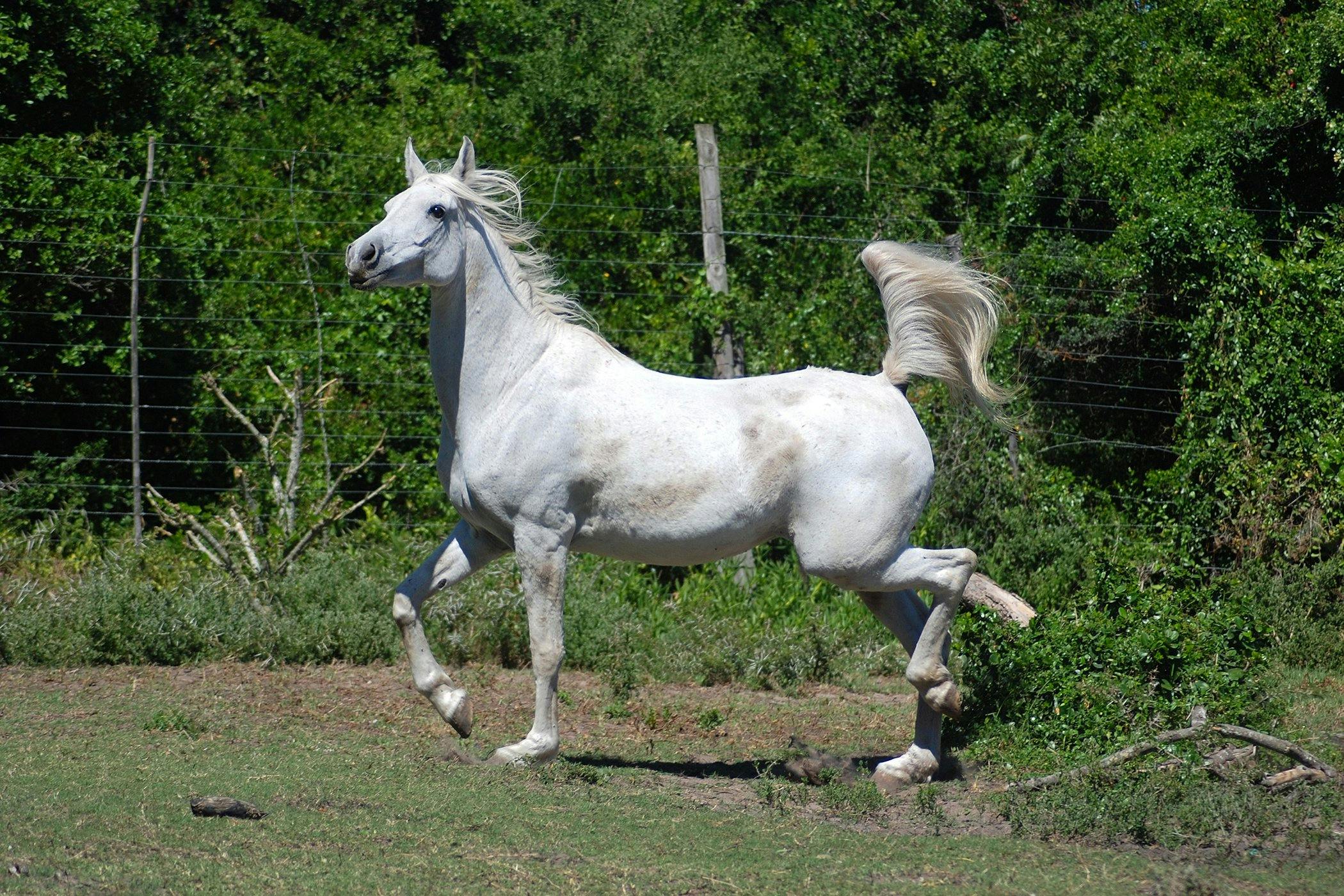
Stringhalt in Horses Symptoms, Causes, Diagnosis, Treatment, Recovery, Management, Cost
Our mare Ellie developed Stringhalt after eating fake dandelion
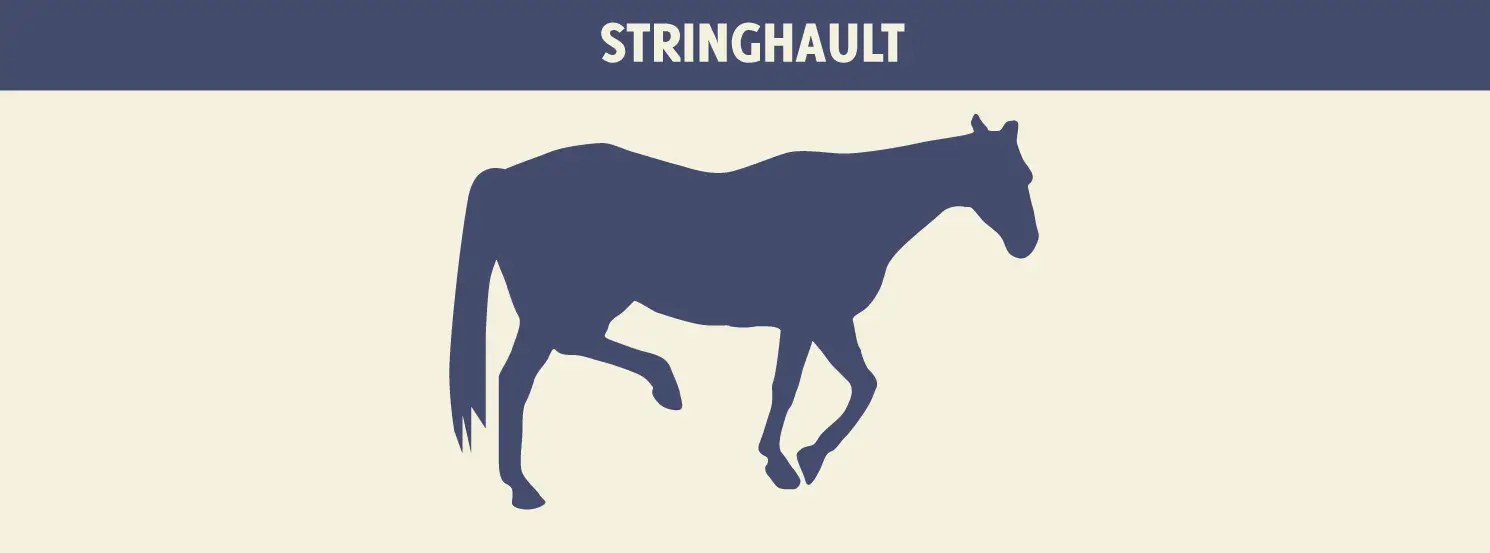
What is Stringhalt in Horses? Discover the Causes, Symptoms, and Treatment Options.
About Press Copyright Contact us Creators Advertise Developers Terms Privacy Press Copyright Contact us Creators Advertise Developers Terms Privacy